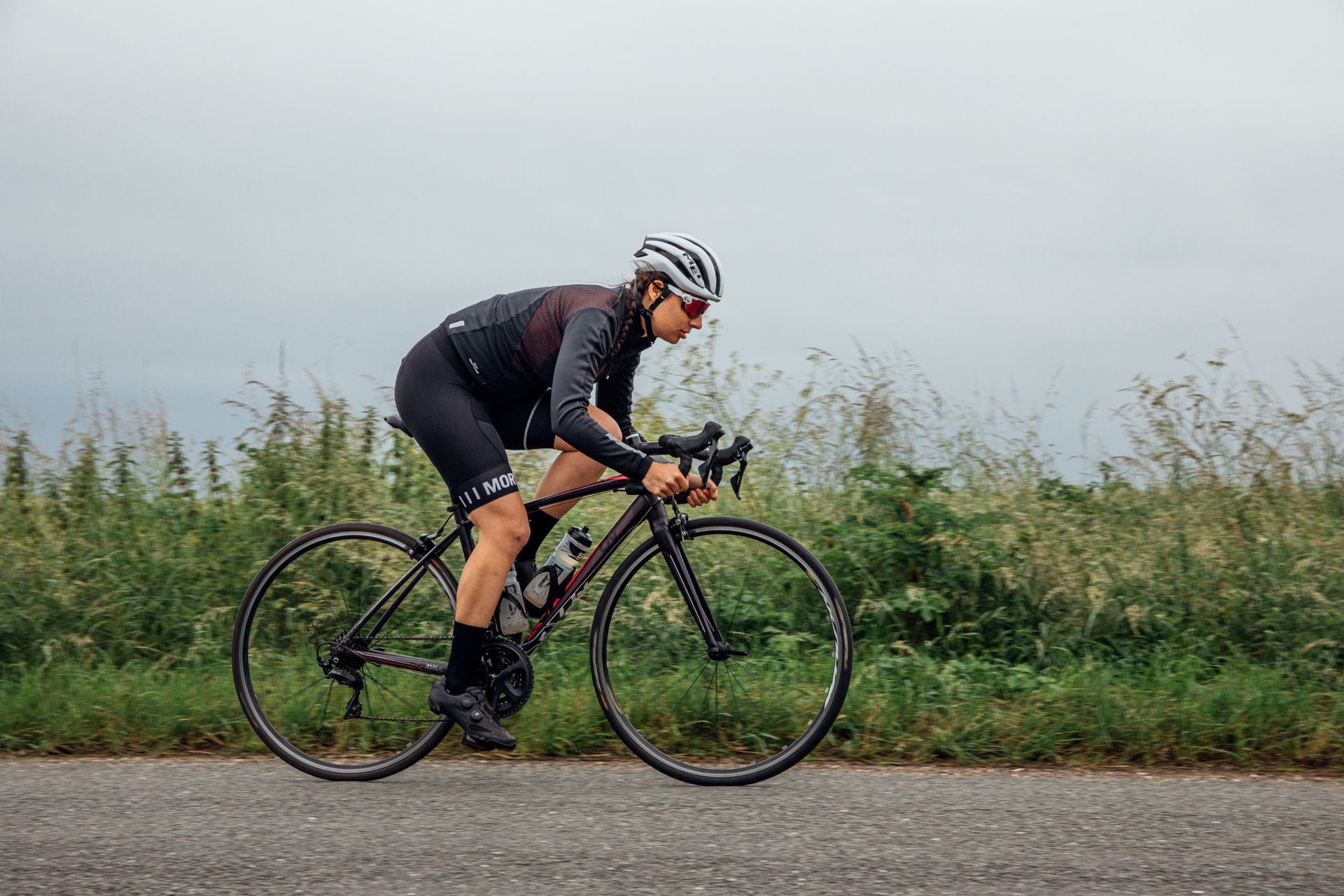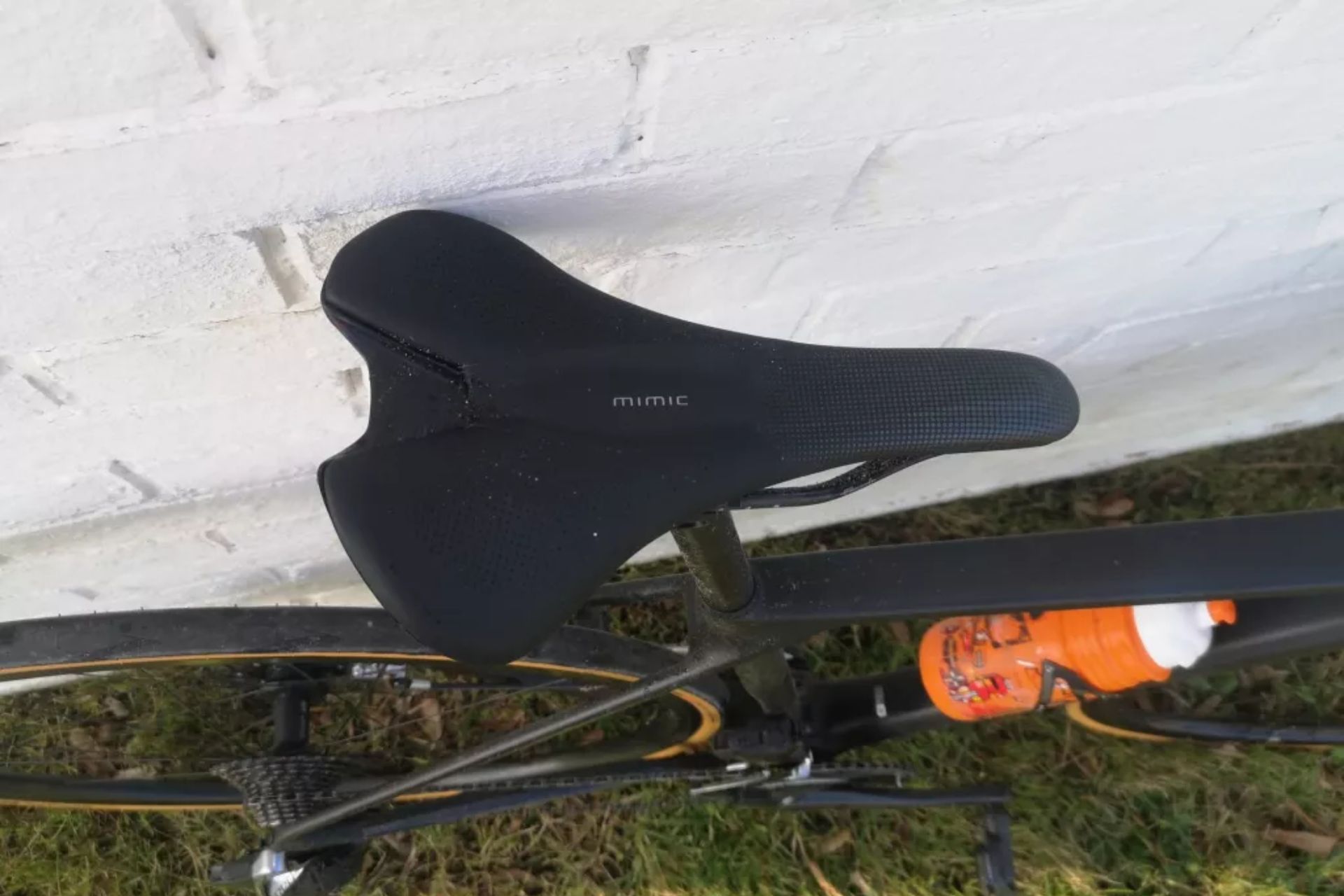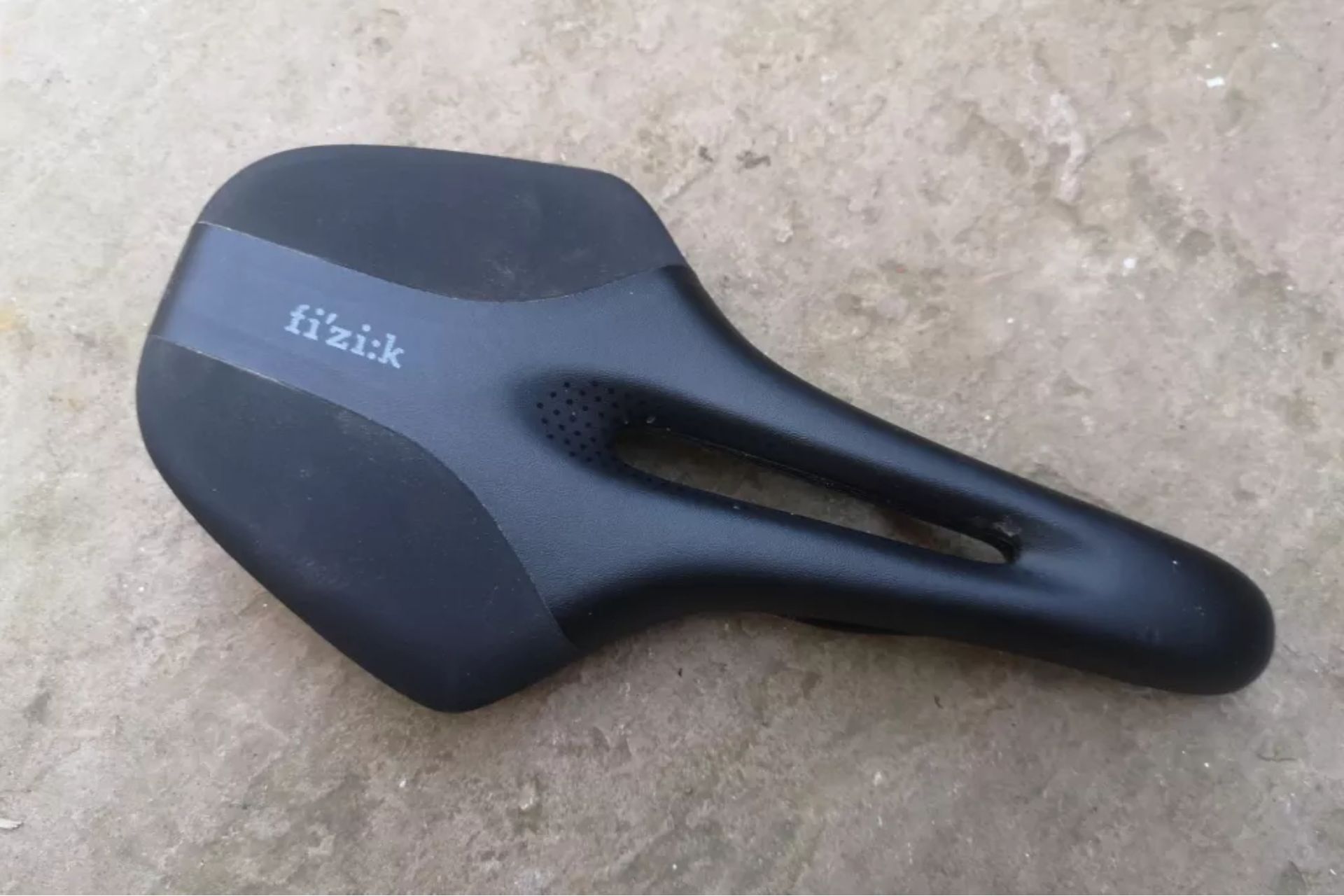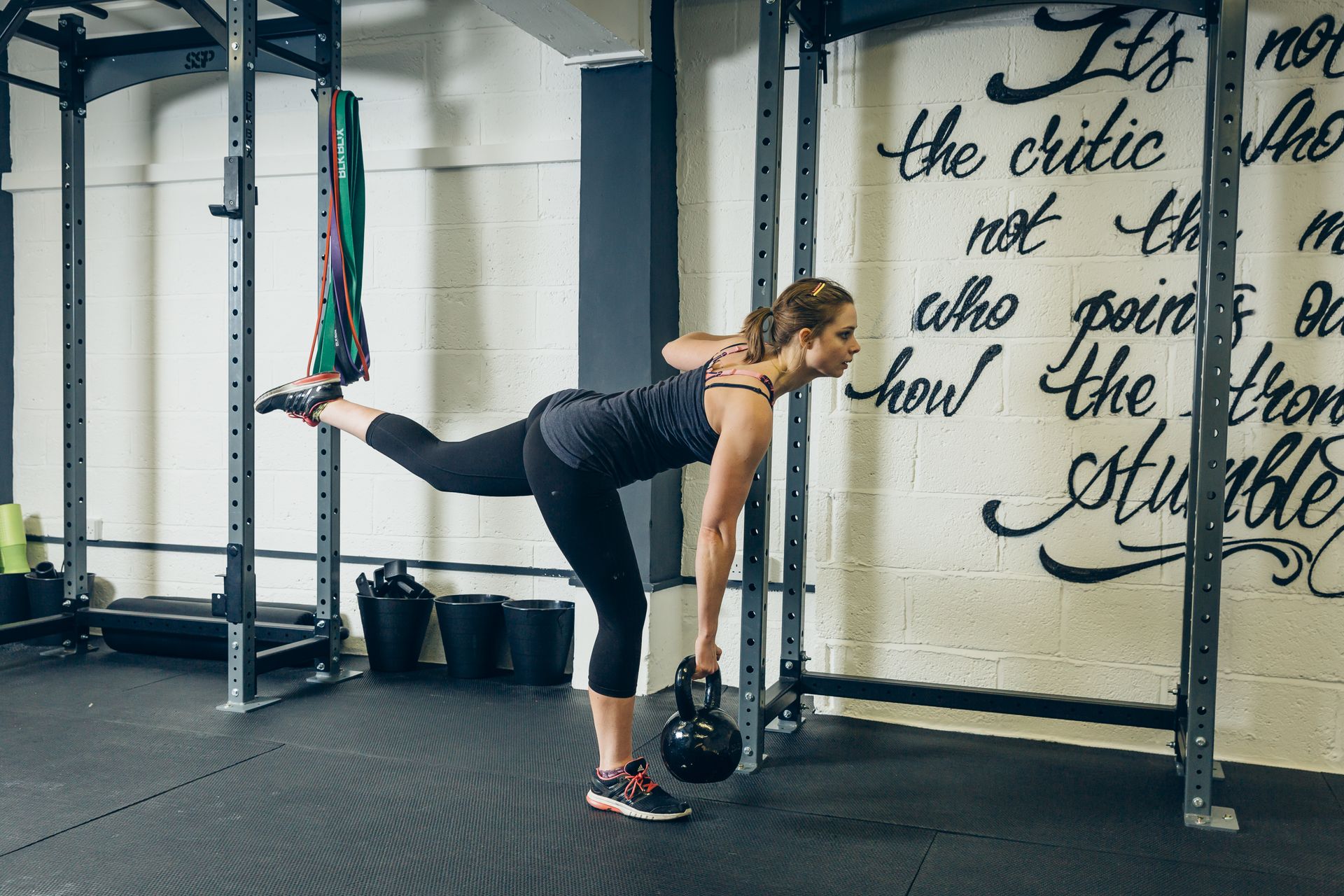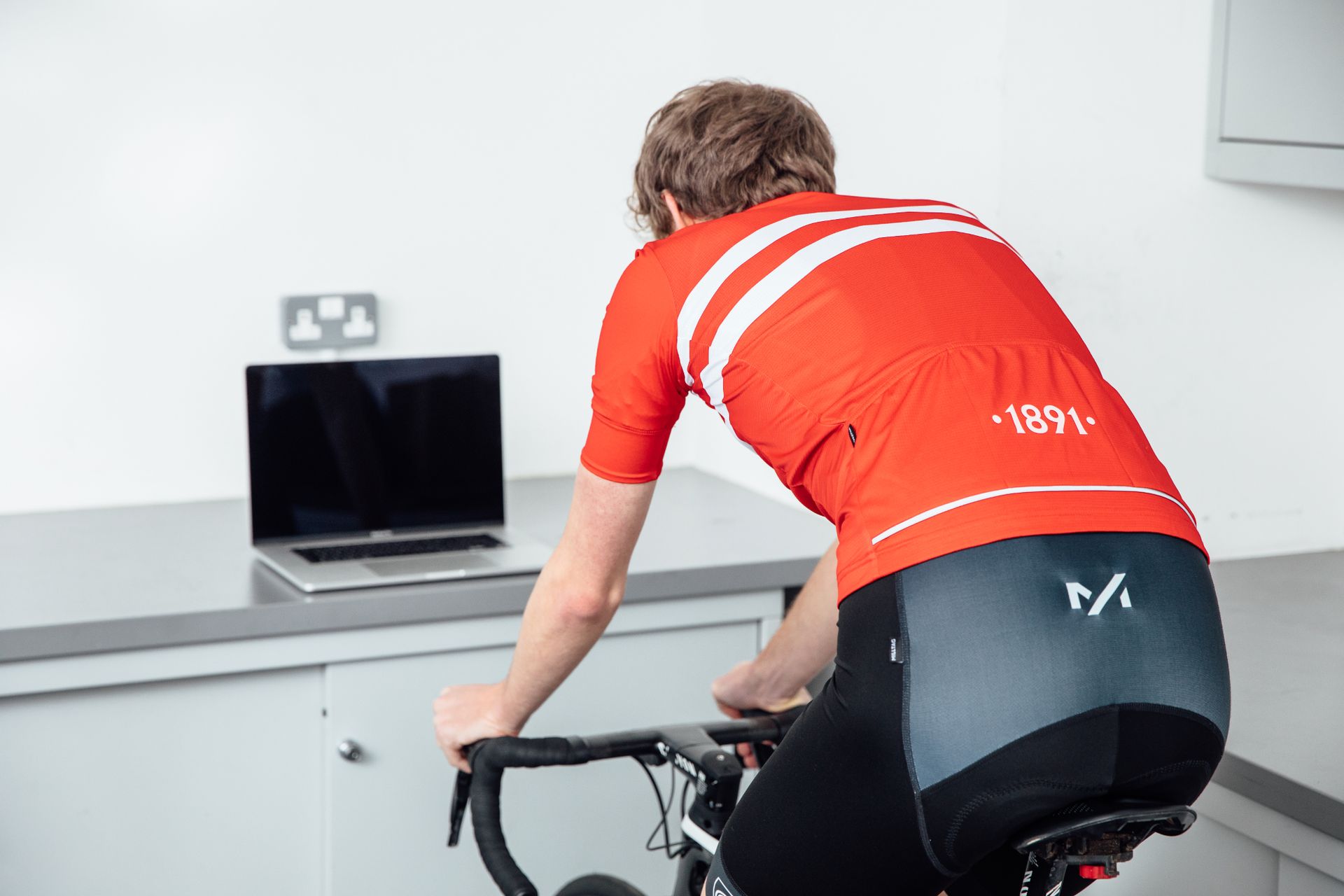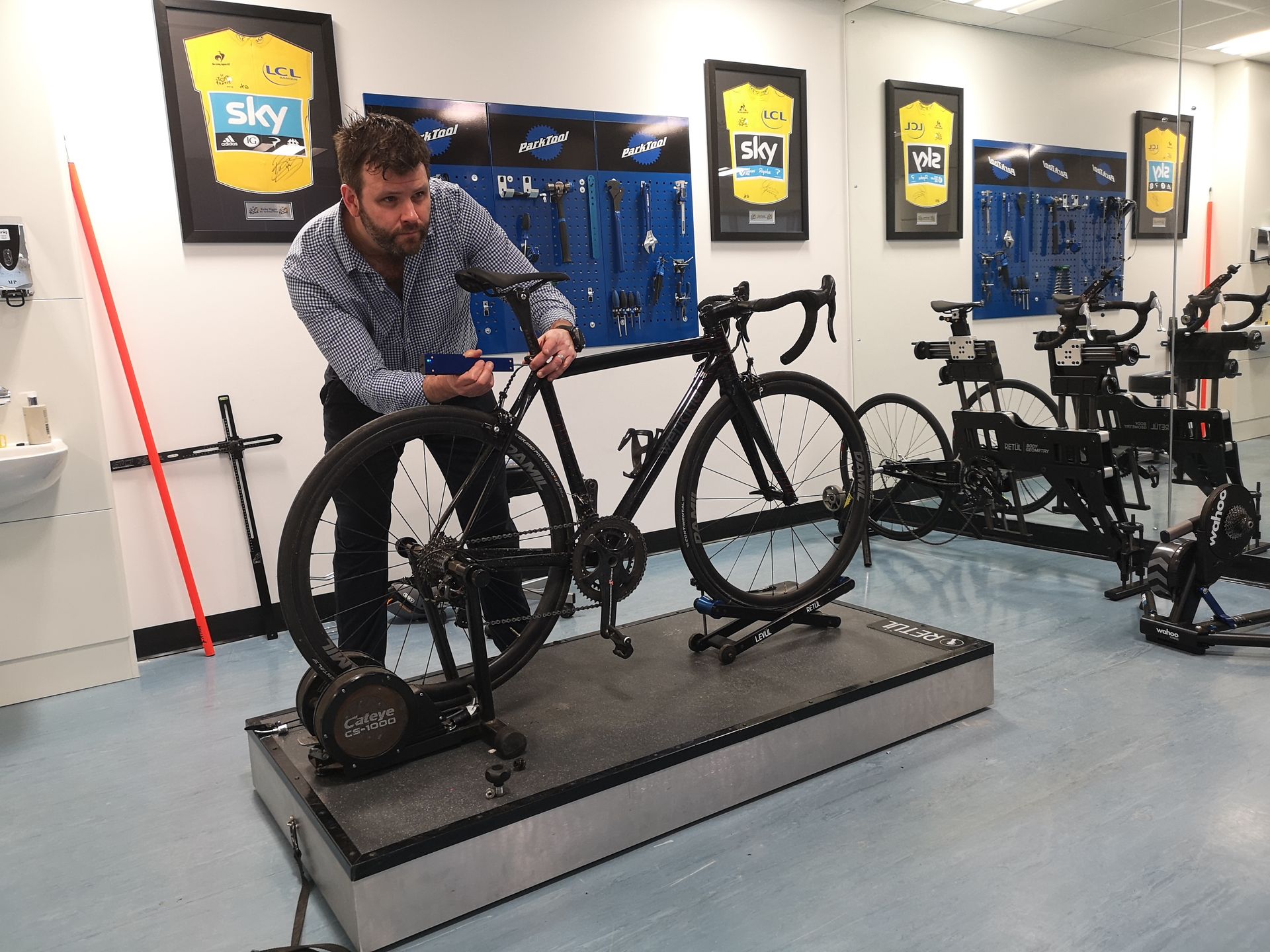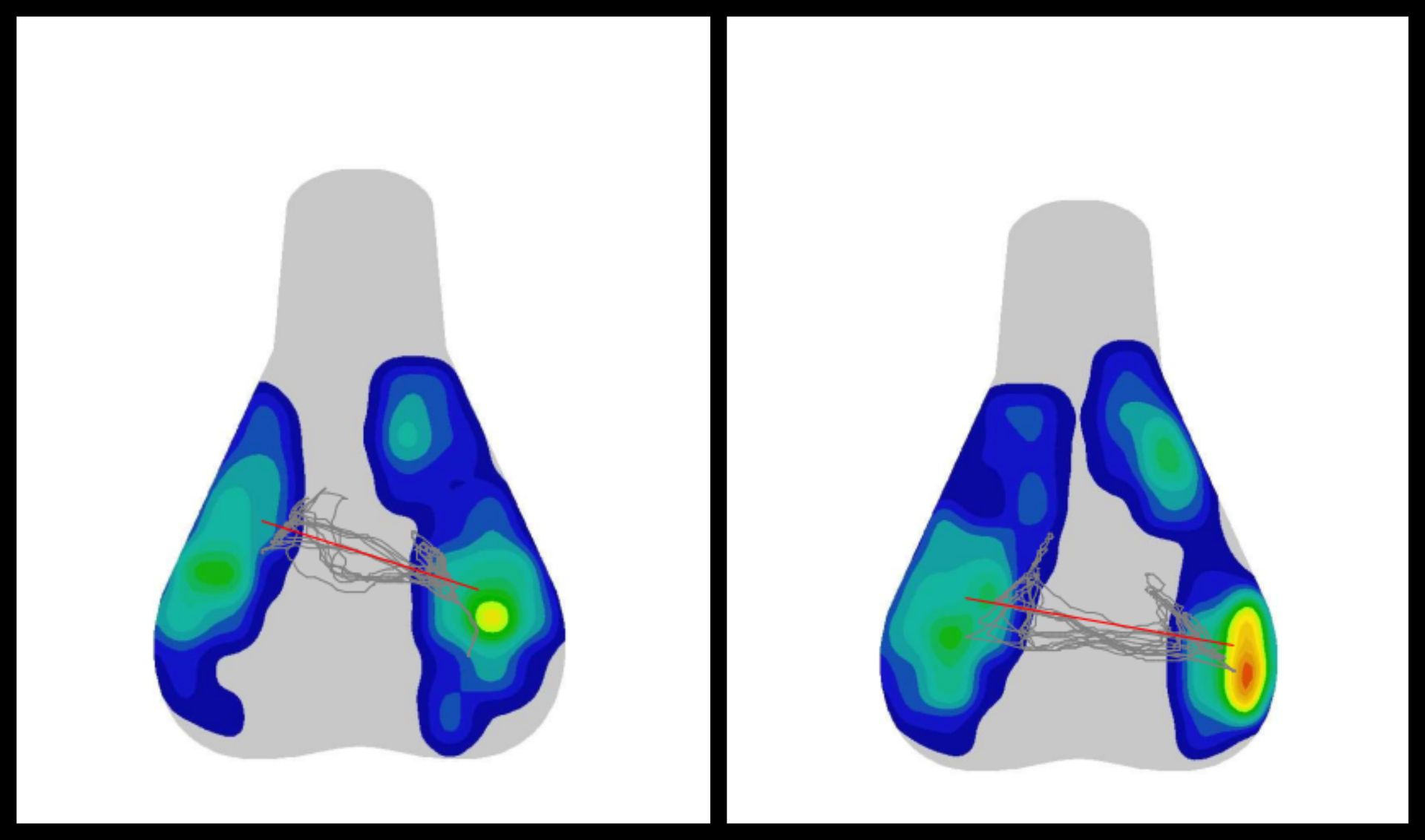Avoid saddle discomfort by following our guide on how to choose the right bike saddle for you
Finding the right saddle can take work - but pain is not a necessary evil and time spent investigating the options can make a big difference


The relationship between saddle and rider can very easily become a one way track for resentment.
We have a guide to the best bike saddles, but finding the one that's right for you isn't always easy.
We need the saddle to enjoy cycling, but the wrong one can ruin the experience or even result in serious health issues. But for most people, there's a lot you can do to make your bike more comfortable, and choosing a bike saddle that's right for you is one of the most rewarding areas to focus on.
That said, if you one of the unlucky few who still experience major discomfort after following these tips, you will be best checking in for a clinical bike fit with a recommended fitter. Although many people will be fine with DIY bike fits at home, sometimes a professional eye is what's needed.
Is saddle pain worse for women?
Men and women tend to favour different designs, that's why we also have a dedicated guide to the best women's saddles.
Both men and women can struggle with saddle discomfort. However, women's needs are more diverse, and considered alongside the fact the industry provides fewer solutions for them, it's clear to see why female riders are suffering.
The lack of provision is something former head of physiotherapy at British Cycling, Phil Burt, is looking to address in his work at Phil Burt Innovation. He's both consulting with brands, and working on his own product. But he's keen to highlight that extreme cases requiring surgery are rare.
Get The Leadout Newsletter
The latest race content, interviews, features, reviews and expert buying guides, direct to your inbox!
"Cycling is a very safe, low impact form of exercise and it’s important to know that plenty of women are fine cycling and have few issues," he said. "A handful of people need surgery. But, a lot of women have pain and discomfort and it puts them off cycling."
Why so many problems? A look at the 'Great Wall of Vagina' will exemplify Burt's next point to perfection.
"Whilst there’s different presentations of men’s genitals, there’s much more varied presentations of soft tissue in women, which results in more challenges at the saddle interface. It means it's harder for women to find the right saddle."
Men are far from excluded in this conversation.
"I think men often suffer in silence," Burt says. "Men have this code of ‘you just put up with that’ – but they don’t have to, loads of solutions have been made for men with saddle pain, central cuts outs for example were initially made for men."
Regardless of who has more problems in the saddle department, the same rules on how to choose a bike saddle can be applied to both genders.
How to choose a bike saddle that's right for you
As Burt puts it: "saddle injuries are hugely multifactorial, there’s not any easy answers, but there are some things you can do to get you closer to being optimal."
Starting with choosing the right bike saddle, adjusting your bike seat height and setting to the right position, is crucial.
Your saddle soul mate is determined by the type of riding you're doing and your physiology - including flexibility, core strength, sit bone width and soft tissue distribution.
1. Reflect on your riding position and flexibility
"If you're an experienced rider who cycles in an aggressive position, have the flexibility and strength to rotate far forward over the bottom bracket, and are in a low position, you’re going to want a saddle that allows that.
"The nose of the saddle generally has to be narrower, and the flare will need to come quickly so you can sit back on your sit bones - for example on a climb," Burt says.
People adopting a more upright position are likely to need something very different when choosing the right bike saddle.
"If you’re very upright, you’re going to want lots of sit bone support and lots of comfort and lots of padding," Burt says.
Flexibility can't be ignored. Some riders may want to adopt an aggressive position, but don't have the ability.
"The essence of Fizik's spine concept makes a lot of sense", Burt says, referring to the brand's fit system which puts riders who can touch their toes with ease on a flat saddle and less mobile riders on a curved saddle.
"Where you rotate from has a huge influence – if you’ve got tight hamstrings and have to sit quite far back, you want a good supportive saddle for your sit bones. If you have great pelvic rotation you’ll be able to get onto a more aggressive saddle," Burt says.
Once you've nailed down your riding style, you should have an idea what sort of shape you should be looking at.
Why do some saddles have cut-outs?
Riders in that aggressive position are likely to need more soft tissue relief, in the shape of a cut out or relief channel.
For a lot of women, finding the right cut-out or relief channel can present problems - as discussed, vulvas vary dramatically, and so the perfect shape, depth and size of gap will be individual. Getting it right comes down a lot to testing saddles, and visually comparing those that work, and those that don't.
Some women find they sink in to a cut-out, resulting in what is affectionately called 'flapmash', something Specialized has looked to combat with its MIMIC technology. However, the shallow recess won't suit all.
Those riding time trials will need even more pressure relief at the front, Burt recommends models like the ISM split nose design and short nose saddles.
2. Consider your physiology
Next, it's time to consider your physiology when choosing a bike saddle that's right for you, and there are tools to help with this.
Sit bone width can be measured in most good bike shops. It's not to do with your jeans size, lightweight riders can have wide bones and vice versa. Most (not all) women will have wider sit bones, by nature of having wider hips designed for childbirth.
Taking it up a gear, saddle pressure mapping is often available as part of a bike fit, and an expert will be able to where you're placing pressure and thus which bike saddles may help to alleviate this.
"Saddle pressure mapping narrows down your bike saddle choice, as does using a sit bone measuring tool. It moves you closer to the better option for you," Burt says.
3. Try out the bike saddle on a test ride
A lot of local bike shops let you test a saddle out, before you buy.
This is the case at all retailers selling ISM and Fizik perches.
Down south, the London Bike Kitchen (LBK) has come up with a more crowdfunded method in its 'saddle library'.
Borrowers need only pay a one-off joining fee of £39 and they can try any saddle within the library, following a 'butt measuring' appointment and advice from experts at the maintenance centre.
"Finding the right saddle is trial and error. We've had around thirty people try the saddle library and about ten have found the dream saddle. About three or four women have found one they say has completely changed their riding," said LBK's founder, Jenni Gwiazdowski.
"A lot of schemes require you to buy the saddle at full price, which can be off-putting. We've gone with an 'honour system' - it's a library that's meant for everyone to be able to access it. That breaks down the barriers for users, and for us as a shop as it removes issues around GDPR and collecting data."
How can you make your bike saddle more comfortable
1. Improve your core strength to better hold your riding position
Sometimes you might need to look outside of your equipment.
If your core isn't strong enough to hold you in position on the bike, you may encounter issues.
"You can have the best bike saddle and shorts in the world but if you’re weak and move around all over the saddle, you might have saddle sores. Then you may need specialists solutions. Or to work on your trunk strength," Burt says.
"I've found quite a few people who have become stronger and had less saddle pain," he adds.
2. Asymmetry could be causing you pain
Similarly, your problem could be down to an asymmetry caused my something like a leg length discrepancy, or a condition causing you to sit heavily in just one position.
A clear symptom of this is repeatedly getting saddle sores on the same side. This can often be countered with bike fit solutions, and Burt recommends a physio led assessment and fit.
Risk of infections
Problems brew when infections join the equation.
Again, women can be more susceptible here. A 2018 study published in the Journal of Sexual Medicine found that women who cycle are more likely to suffer from urinary tract infections (UTIs).
Outside of bladder infections, saddle sores themselves can become infected as can ingrown hairs.
"If you're repeatedly getting thrush, or infections, it's a very different issue. I wouldn’t want people to waste money on loads of different saddles when there might need to go through a medical referral process," Burt says.
If problems reoccur, you should see your GP. But on a basic level, hygiene before, during and after chamois time is crucial.
"On long rides, hot and humid skin can lead to infection and is more likely to break down, especially when you add friction. If you're experiencing chafing, rubbing or redness, it’s worth trying a chamois cream."
Burt also says he's seeing more and more cases of 'turbo training' related saddle problems, where riders are getting hotter and sweatier than ever before, whilst spending more time in a static position than they would outside.
To counter this, he recommends a powerful fan and ensuring you don your best shorts. If you're in need of a pair, take a look at our guide to the best indoor cycling clothing, which is filled with gear that's designed to help keep you cooler and more comfortable.
The effect of bike saddle comfort on your overall riding position
Your comfort in the saddle can hugely influence other elements of bike fit. If you're not able to rotate into an aggressive position because you're protecting your most sensitive body parts, you'll often suffer from back pain (upper or lower) as a result of bending at the spine instead.
Sometimes, you may not even realise saddle comfort is having an impact on your overall riding position - which was very much my recent experience.
I checked in for a bike fit with Burt just over a month ago.
I had been struggling to find a saddle that I found comfortable, and was also having issues with lower back pain and sciatica as a result of a tilt in my pelvis - which I was mostly managing by having myself jolted into place by my friendly osteopath on a monthly basis.
I'd never had any particular problem with 'sit bone discomfort' so tended to ignore the width measurements on saddles, instead looking for a cut-out which would relieve soft tissue pressure - favourites being the ISM, Sella Italia SLR Flow and Pro Stealth.
An initial saddle map showed that I was tilting my pelvis in the saddle quite dramatically, and the Retül sensors used in tandem showed that this had an effect on knee extension, with mine sitting at 38/44 degrees - the right leg quite outside the 35-40 degree guideline.
Burt measured my sit bones and helpfully remarked that mine are particularly child bearing ready - a nice way of saying I'm wider than most, at 169mm.
As a result he put me on a Specialized Oura saddle (since discontinued and replaced by the Specialized Romin Evo Mimic) in 168mm. The Stealth I’d been riding comes available in 142mm and 152mm.
The saddle map showed a marked improvement in the amount I was tilting in the saddle. Not only that, with less tilt, my knee angle evened up to 34/38 degree.
After almost a decade of cycling and countless years claiming I didn't need a saddle that supported by sit bones because "I'm not sitting on my sit bones" - I was finally able to feel some actual support under my bum, whilst still getting pressure relief thanks to the generous cut-out. A bit of a mini revolution, really.

Thank you for reading 20 articles this month* Join now for unlimited access
Enjoy your first month for just £1 / $1 / €1
*Read 5 free articles per month without a subscription

Join now for unlimited access
Try first month for just £1 / $1 / €1
Michelle Arthurs-Brennan the Editor of Cycling Weekly website. An NCTJ qualified traditional journalist by trade, Michelle began her career working for local newspapers. She's worked within the cycling industry since 2012, and joined the Cycling Weekly team in 2017, having previously been Editor at Total Women's Cycling. Prior to welcoming her daughter in 2022, Michelle raced on the road, track, and in time trials, and still rides as much as she can - albeit a fair proportion indoors, for now.
-
 Is Mathieu van der Poel winning races “in zone 2” helping or hindering cyclo-cross?
Is Mathieu van der Poel winning races “in zone 2” helping or hindering cyclo-cross?The Dutch world champion has turned up off-road now, and immediately won twice. Is this fun?
By Adam Becket Published
-
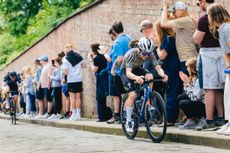 Tom Pidcock joined by brother Joe at Q36.5 Pro Cycling as team finalised for 2025
Tom Pidcock joined by brother Joe at Q36.5 Pro Cycling as team finalised for 2025Pidcock's coach Kurt Bogaerts also confirmed as team's head of technical performance
By Adam Becket Published
